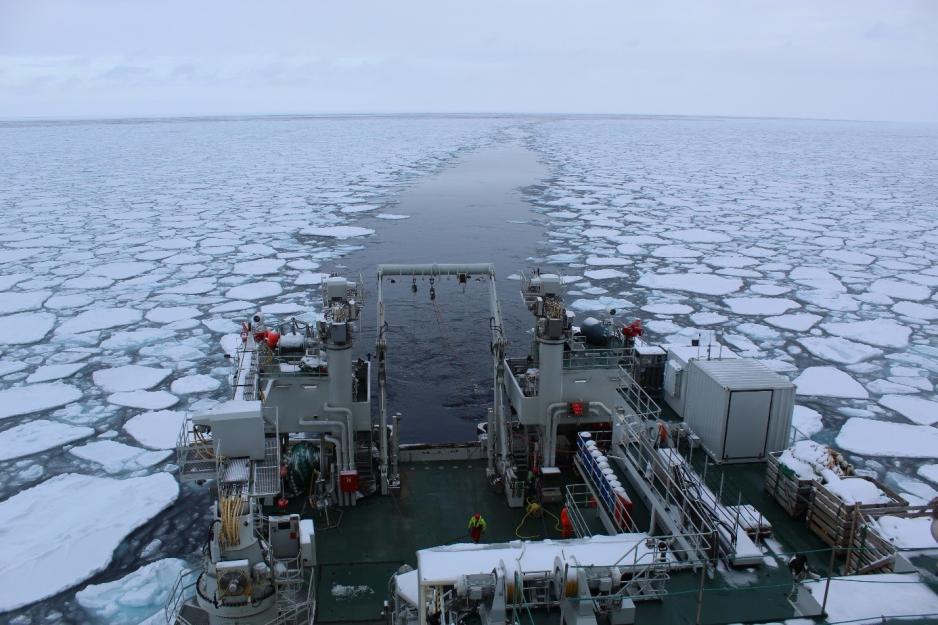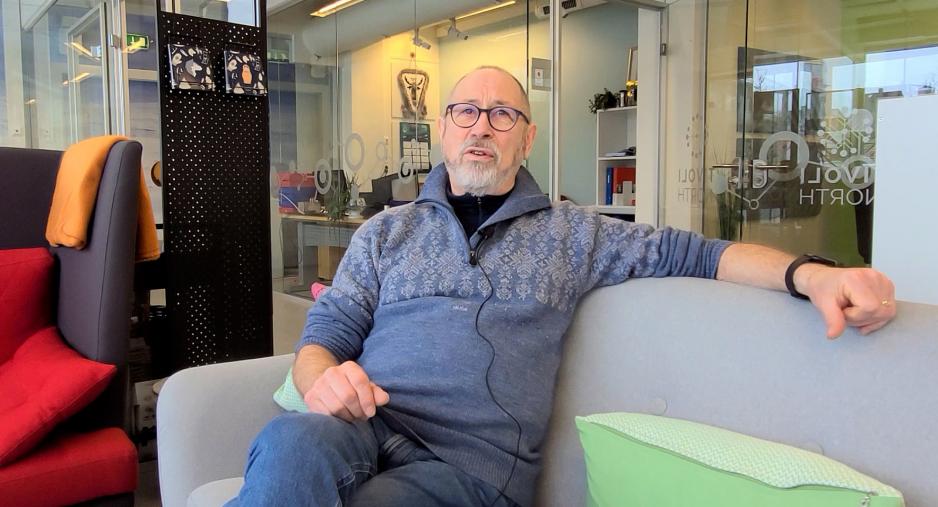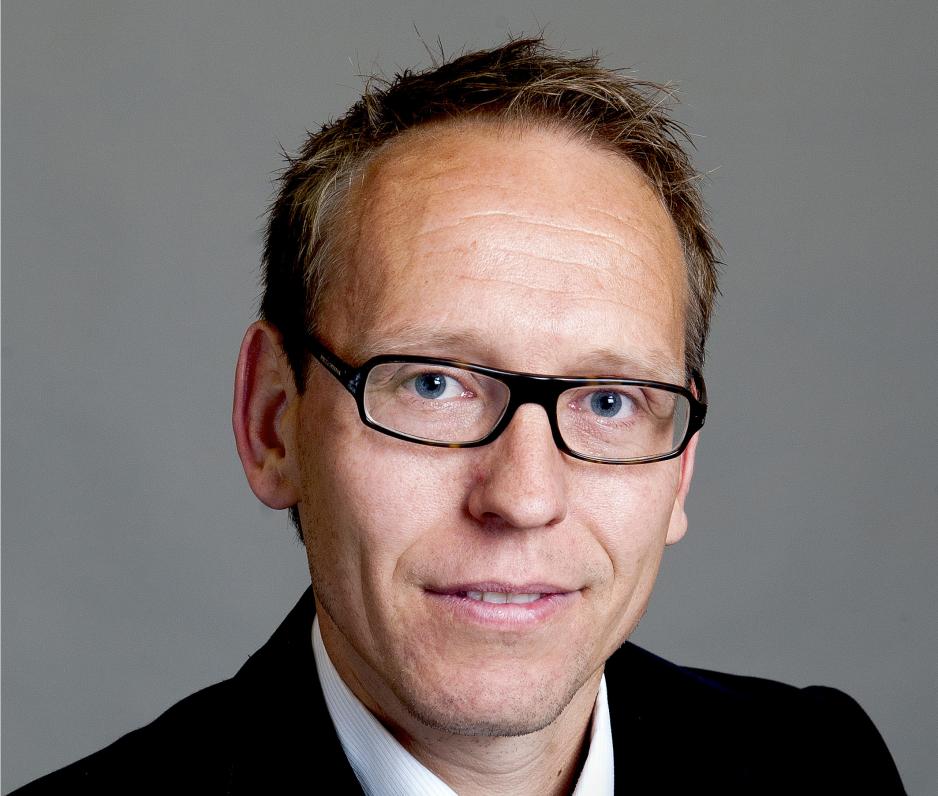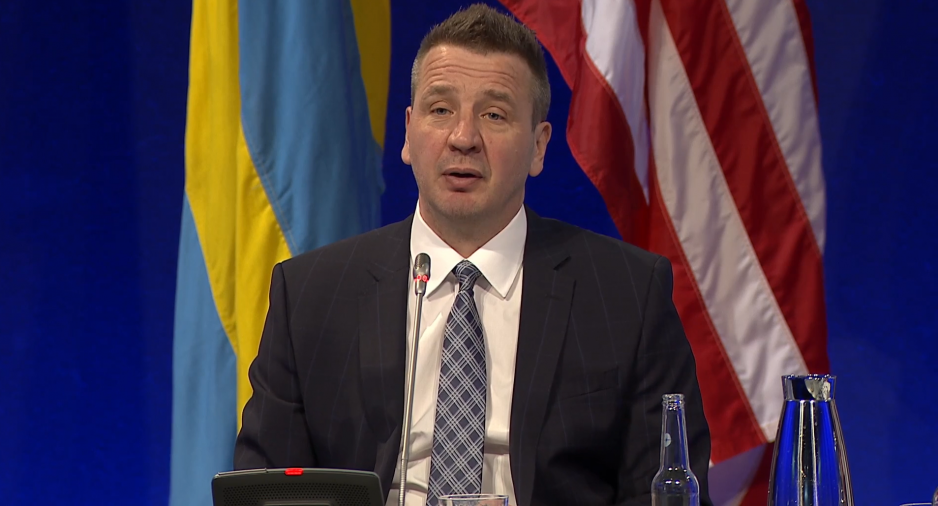Newsletter: Northern Sea Route or the Suez Canal?

Broken-up sea ice floes in the marginal ice zone of the Barents Sea, March 2021. (Photo: S. Gerland, Norwegian Polar Institute).
Interests in the High North remains and amongst other news, Russian PM suggests the Northern Sea Route as the main transport route. Here is this week’s newsletter, bringing you news from business, science, education, NATO’s summit and life in the Arctic.
There is a shorter distance through the Northeast Passage than through the Suez Canal. Now, the Russian Deputy Prime Minister argues that shipping along the Northern Sea Route should be cheaper than the Suez Canal.
We can also report that Total Energies has signed an agreement with Novatek about acquiring ten percent of the latter’s subsidiary Arctic Transshipment LLC.
The High North Center for Business and Governance at the Nord University Business School has established a rather unique master’s degree program in collaboration with renown education institutions in Russia and China. Curious? Read more about it here.
The High North Tour rolls on
The High North Tour 2021 with Editor-in-Chief Arne O. Holm at the wheels took a trip to the Salvation Army in Kirkenes, Norway. Here, he met with Karstein M. Kristiansen, who has a vision about building up a social welfare center in Russia in close cooperation with the Russian Salvation Army.
In Pasvik, cooperation with Russia is one of the key pillars of research at Svanhovd research station. Meet Research Chief Snorre Hagen, who tells High North News what it is like to conduct research in collaboration with Russian on the opposite bank of the Pasvik River.
Summit and Russian warships
On Monday, it is time for a NATO summit in Brussels a.o. to discuss the forming of NATO’s new strategic concept “NATO 2030”, Russia, and China.
Increased focus on China and Asia leads to the US having to adjust its military activity, which already shows in the High North, explains Professor Øystein Tunsjø at the Institute for Defense Studies to High North News. (Norwegian only)
While preparing for Monday’s summit, we also read that Russian warships, submarines, planes and helicopters currently are exercising in the Barents Sea to protect Russia’s Arctic borders.
And outside the realms of NATO, Denmark promises to give Greenland and the Faroe Islands more influence in the Arctic Council.
Equality and melting ice
A new report reveals the need for strategies to secure equality in the Arctic. “Consistent and comparable data are required to understand the differences”, says Iceland’s Foreign Minister Gudlaugur Thor Thordarson.
And American research shows that melting Greenlandic ice may be source of toxic mercury.
That’s the past week as seen from the top of the world! Thank you for tipping us, reading and engaging!
We wish you a peaceful June weekend!
Kind regards,
Trine Jonassen,
News Editor, High North News




